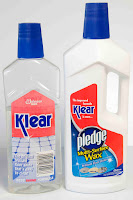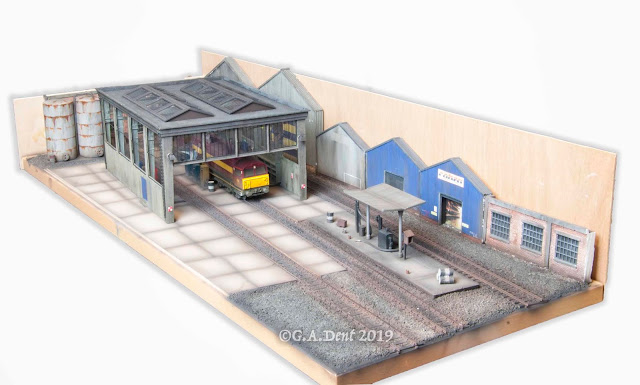IRONING THE 52XX
After curing a Hornby 72xx 2-8-2T of it's dodgy footplate for the latest Model Rail, I've also worked the same trick on this 52xx 2-8-0T which was similarly afflicted. Indeed, this one was actually worse than the GWR green loco, but the same remedy found the frames looking shipshape after an hour or so of repairs. A new smokebox door handle has also been fitted, although a weathering job has yet to be applied.
Indeed, I'm looking forward to mucking this one up, in a similar way to the green loco (aiming for the dirty-but-shiny look) - these are lovely looking locos and, for the sake of a few hours of detailing and weathering, a stunning model can be obtained. Having just read a few posts on the subject of Hornby's similar 42xx on the Albion Yard Blog, I've been reminded of how this model offers decent value for money, despite the £129 rrp. I know it has its problems and limitations (what RTR loco doesn't?), but the cost of building an equivalent metal kit these days puts it all into perspective, with the wheels and motor/transmission alone now costing around £100. The kit may be around the same amount again, then there's the extra details, paints, transfers, etc etc...
In fact, I do wonder how long the metal kit can remain as a viable hobby resource, what with ever increasing copper and brass prices. You'd think in this day and age that plastic and resin body components would be more widespread, but then that requires massive investment by the kit makers and we all know that the loco kit market is getting ever smaller... but is this a 'chicken and egg' situation? Would the market grow if the kits were cheaper and easier to put together...?
But back to the Hornby loco: for subscribers to the Model Rail iPad edition, you'll be able to watch a pair of films showing how the repairs were affected and the smokebox improved. Otherwise, MR187 (out now) shows the same processes in the time-honoured medium of the printed page!








Comments
Post a Comment